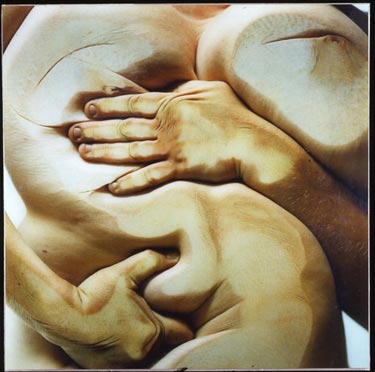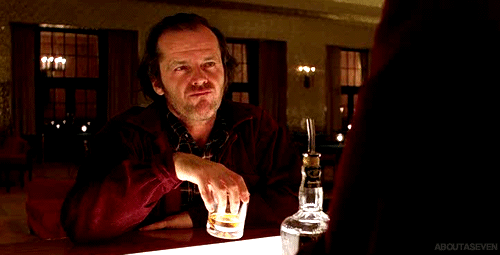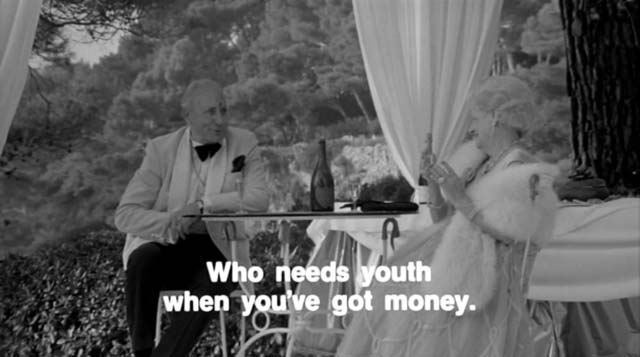Tell me what’s on your mind when you’re alone
What Thomas Young considered his greatest achievement (and he had a few) was overthrowing Newton’s century-old notions of light. In its place, he argued that light was not made up of particles, but was instead a wave, quite like the ripples on the surface of water.
At first, he met with huge resistance to his ideas. But in 1803, Young convinced his skeptics with a simple, game-changing experiment. (…)
So Young performed this experiment with light. To everyone’s surprise (but his), he found that light doesn’t act like the bullets of a machine gun. What he saw on the screen was an interference pattern – alternating bands of light and dark. The interpretation was unambiguous – light behaves like a wave, not like a bunch of particles. (…)
And so the wave theory of light took over for the next century, until no less a figure than Albert Einstein came onto the scene. In his amazing year 1905, Einstein explained a famous experiment – the photoelectric effect – by invoking the idea that light is made of particles that carry energy. He would later win the Nobel Prize for this achievement. Somewhat embarrassed by Newton’s corpuscles, physicists rebranded these particles with a new name – photons.
And soon after, engineers were building devices that could make noises whenever they detected light. Rather than hearing some kind of continuous splish-splosh that you may expect from a wave, they would hear a sound like individual raindrops – tick, tick, tick. Each of those ticks was an individual photon striking the detector.
Now, if you’re with me so far, this is a point where you can stop and scratch your head. On the one hand, Young proved that light is a wave. But then you have Einstein and these detectors. They’re practically screaming in our ears that light is a particle. So what’s really going on here?
This is the dilemma that gave rise to quantum mechanics – depending on what experiment you do, light seems to behave like a wave, or like a particle. It turns out, as physicists later discovered, that this is true for any kind of stuff, not just light.






















